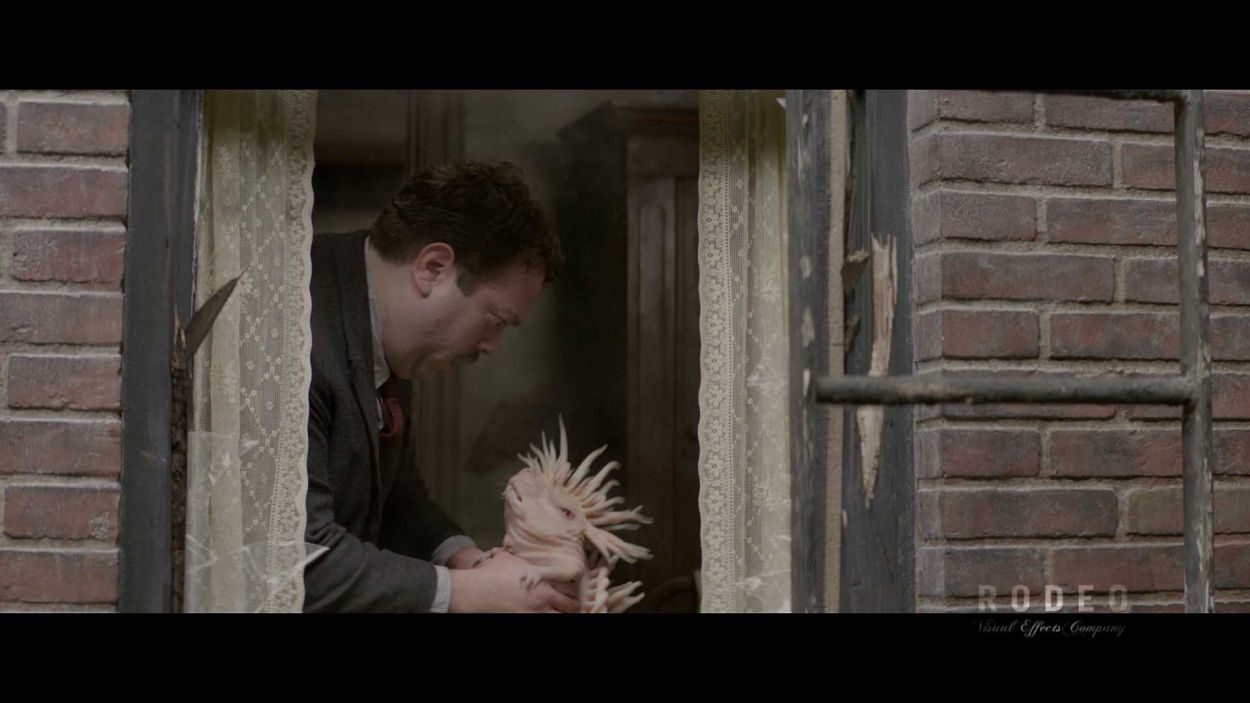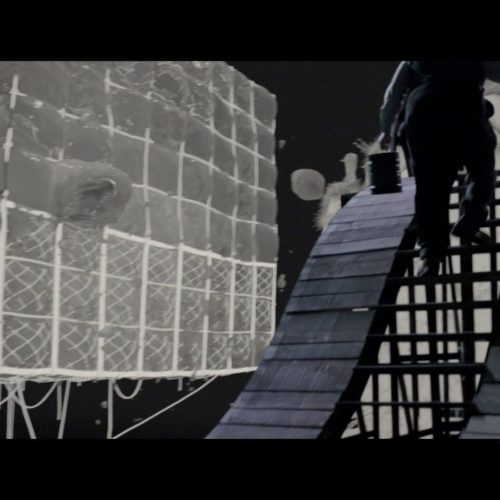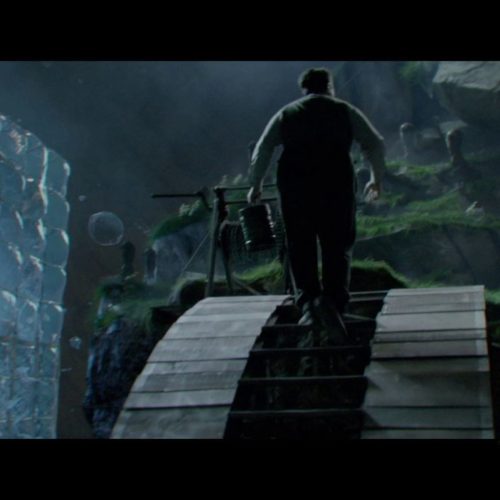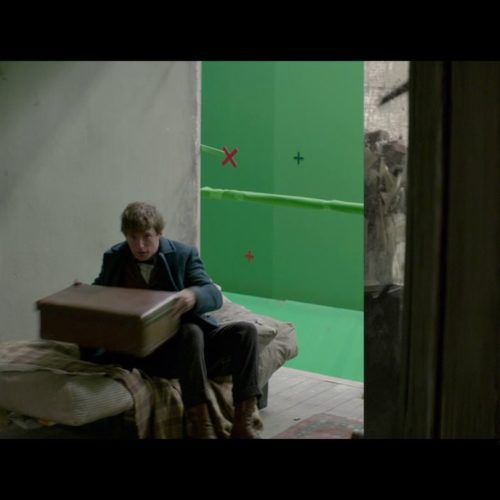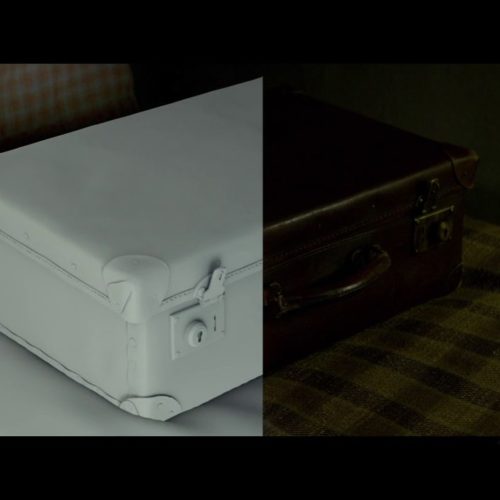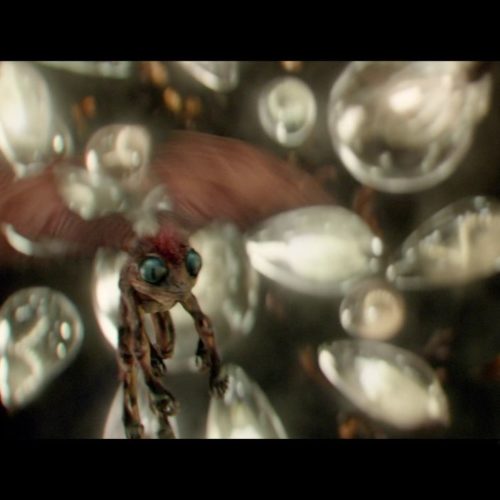Best Visual Effects: Fantastic Beasts and Where to Find Them
Rodeo FX prevailed over two “Game of Thrones” projects to win this year’s animago AWARD in the Best VFX category for their work on the “Harry Potter” spin-off “Fantastic Beasts and Where to Find Them”.
Working over a total of roughly one year, the 144-person team at Rodeo supplied 126 VFX shots of those amazing fantasy creatures and more.
Suitcase Creatures
Among many other things, the team was responsible for crafting a number of supernatural creatures that live in the magical world of Newt’s suitcase, including the rat-like aquatic creature known as a Murtlap, the leopard-like Nundu, the flying creature Doxy, the water demon Grindylow, the Diricawl family of feathered creatures and the big-eyed Mooncalves.
The artists had to design an appropriate environment for each individual creature – one that would reflect their unique characteristics and abilities in such a way that the audience would accept them as real creatures moving through their natural habitats. This presented the team with a number of challenges, including finding the right mixture of real anatomies and character traits that would create completely new yet entirely believable creatures. With regard to the rigging, the team had to take several different reference sources into account while simultaneously finding effective, medium-term solutions for the automation of the muscles, skin and movement.
“We did our first significant creature work on ‘The Legend of Tarzan’. Warner Bros. was impressed by the results and asked us if we would work on ‘Fantastic Beasts’. We basically had to create our Creature and Character FX Department from scratch during the production”, recalls VFX supervisor Arnaud Brisebois.
Magical house reconstruction
When the Murtlap escapes Newt’s suitcase, it ends up doing considerable damage to Jacob’s apartment. Newt then uses his magic to reverse the destruction. This meant that Rodeo had to create a backwards-moving destruction; however, simply running the RBD simulation backwards was not an option, because the result would have been less than satisfying.
Instead, the Rodeo FX department used Houdini to simulate each individual element involved in the destruction as a starting point from which to create an effective scattering of the dust and the flying debris. After that, the artists built a custom setup for each asset so that it truly looked like magic was making them fly back together. The scene also had to have an entirely believable depiction of speed and gravity. In the end, it took a number of atmospheric passes to create a holistic, harmonious overall impression.
1920s NYC
To generate 1920s New York City, the Rodeo team had to recreate several CG city backdrops. They had already built NYC assets for diverse other projects, for example for “The Walk”, but they couldn’t reuse them for “Fantastic Beasts” because that film required special street scenes. Rodeo supplied some of the Broadway shots, the entire exterior and interior of the Woolworth Building, as well as the interior of the Macusa (Magic Congress of the United States).
“Our work on the Macusa recalled the work on the Hogwarts dining hall in the first ‘Harry Potter’ film. The environment had to have an iconic, magical and unforgettable look. Everything was full-CG and built from scratch. We used set lidars, prop scans and cross-polarised photographs for the textures and integrated digi-doubles as courier owls to bring the place to life”, explains Arnaud Brisebois.
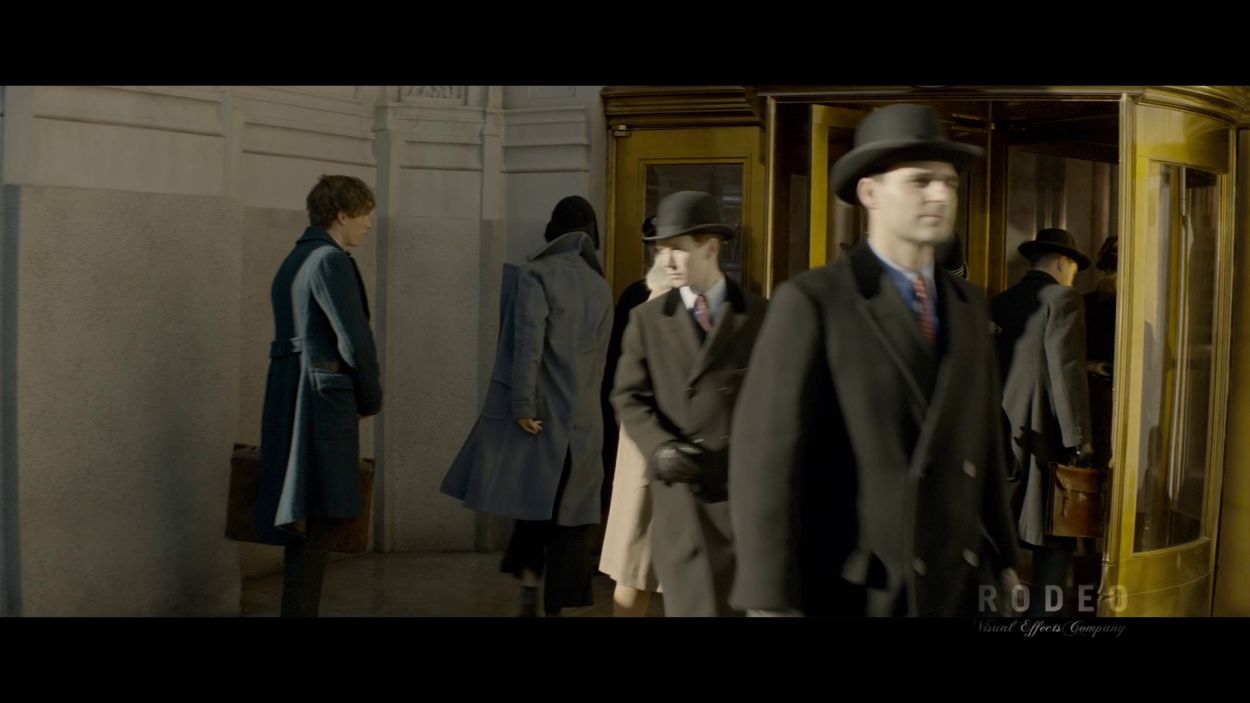
About Rodeo FX
Rodeo FX is a studio that was founded in 2006 and has since supplied the VFX for several prize-winning feature films, series and commercials. The team’s headquarters are in Montreal and they have additional locations in Quebec and Los Angeles. Rodeo’s project portfolio includes “Game of Thrones”, “Birdman” and “Pacific Rim”. Among their latest completed projects are “It”, “Blade Runner 2049” and “Justice League”.
(Mirja Fürst)

